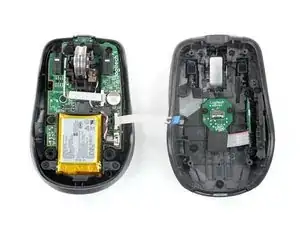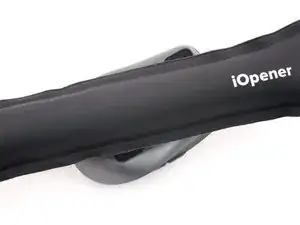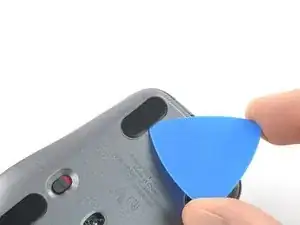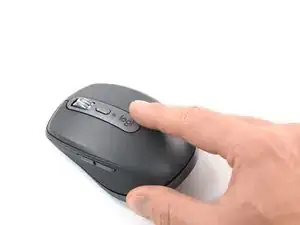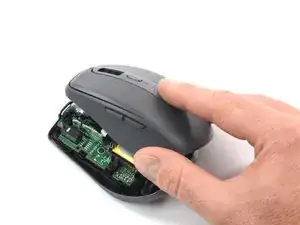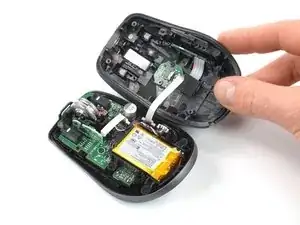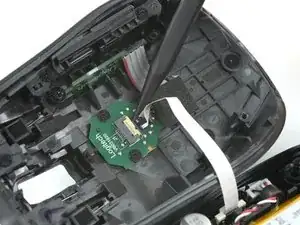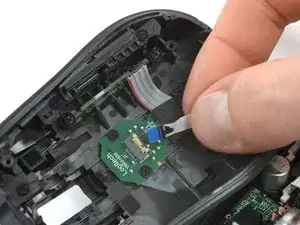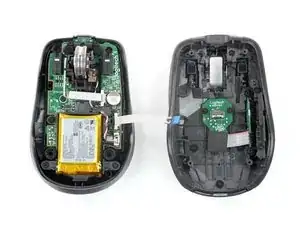Introduction
Use this guide to open your Logitech MX Anywhere 3 for Mac mouse.
Open your mouse to clean its internals, troubleshoot mechanical problems, or replace a part.
Tools
Parts
-
-
Flip the mouse's power switch into the OFF position, unplug any cables, and flip it over so the feet are facing up.
-
Heat an iOpener and apply it to the mouse feet for about two minutes.
-
-
-
There are small gaps in the rims surrounding each foot. This is where to place the tool in the next step.
-
-
-
Push the tip of an opening pick underneath the mouse foot adhesive, into the gap in the rim.
-
Slide your pick under the foot to separate its adhesive until you can grab it with your fingers.
-
Repeat to remove the three remaining mouse feet.
-
Use a pair of tweezers or a spudger to remove any large chunks of leftover adhesive. Thoroughly clean the bottom of the mouse with isopropyl alcohol and a lint-free of microfiber cloth. Allow the surface to dry completely.
-
Peel your new mouse feet away from their adhesive liners and press them firmly into place.
-
-
-
Use a Phillips screwdriver to remove the four 4.3 mm-long screws securing the two halves of the mouse together.
-
-
-
Use the tip of a spudger, an opening tool, or your fingernail to flip up the small, hinged locking flap on the interconnect cable's ZIF connector.
-
To reassemble your device, follow these instructions in reverse order.
Repair didn’t go as planned? Try some basic troubleshooting, or ask our Answers community for help.
